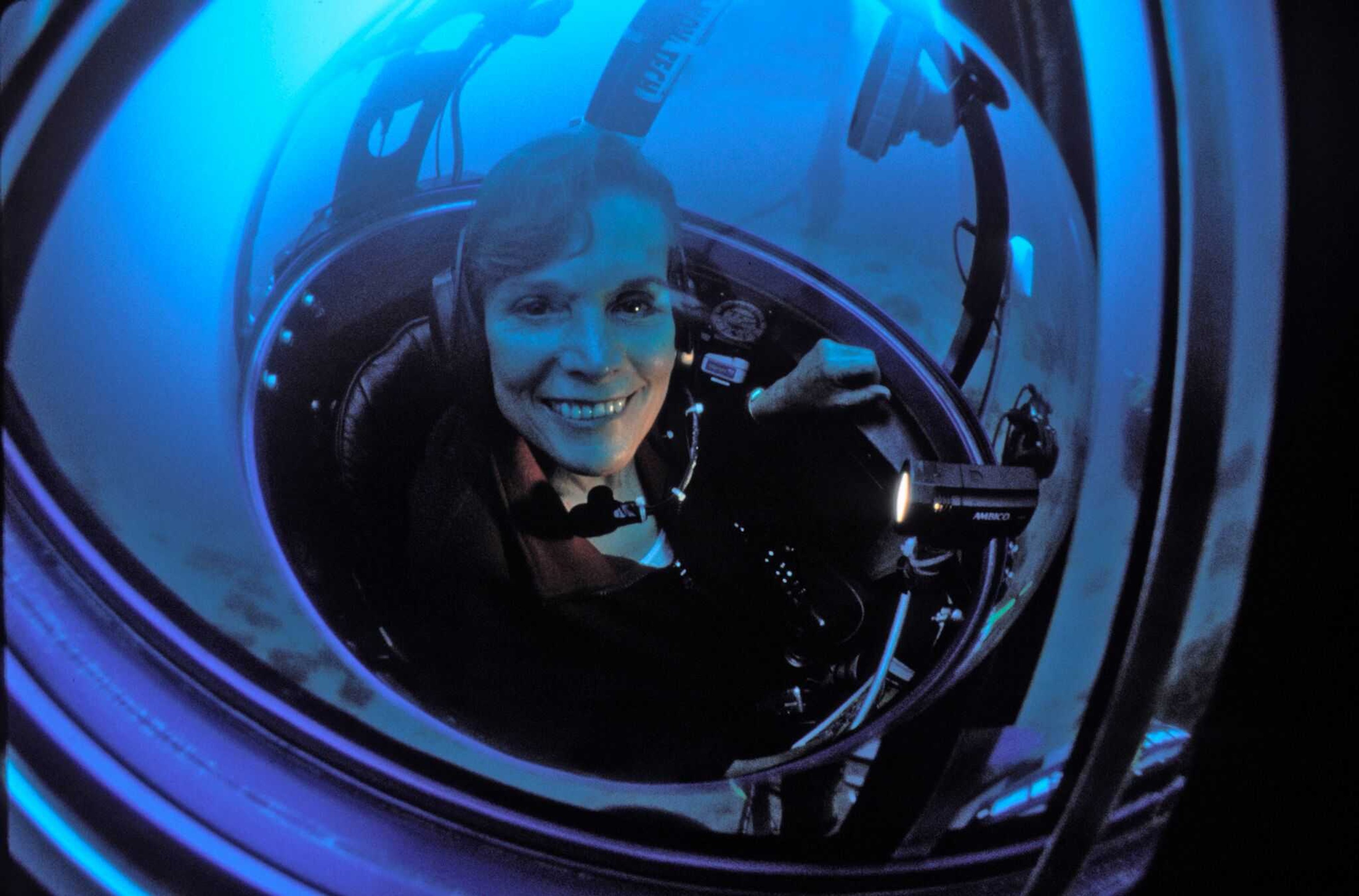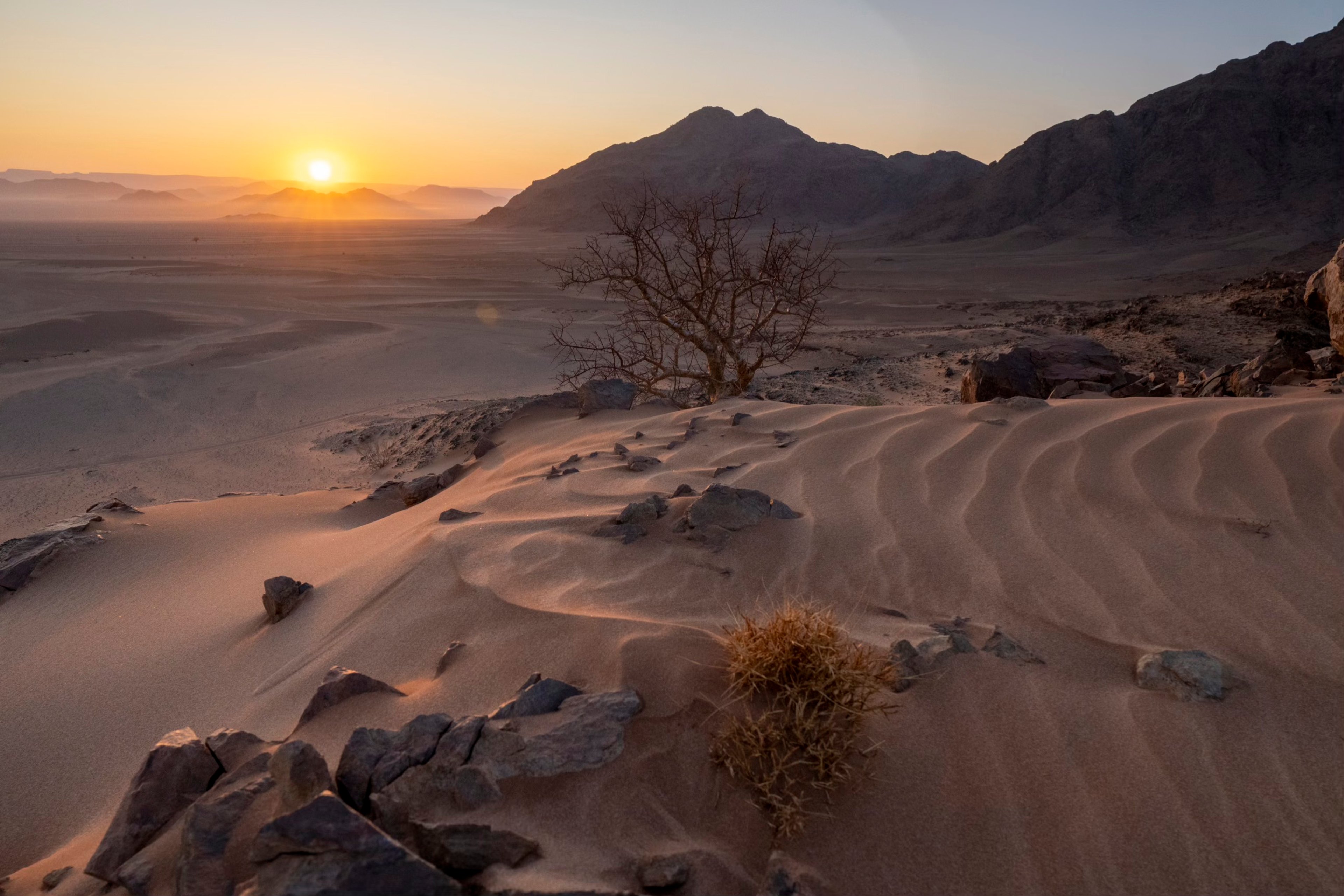While it was the landmark findings of the Census of Marine Life in 2010 that gave the world its first inkling into the largely unexplored depths of our oceans, legendary oceanographer, marine biologist, and National Geographic Explorer-in-Residence Dr. Sylvia Earle has long championed the exploration of the world’s oceans. An indomitable conservationist who did her first dive off the coast of Florida at the age of 16, Sylvia is a living legend with many accomplishments to her name, not least leading the first all-women Tektite II project off the Virgin Islands in 1970. Nine years later, Sylvia made her famous record-breaking walk without a tether in a pressurized metal JIM suit, in which she roamed the ocean floor for more than two hours at a depth of 1,200 feet.
But then, Sylvia sees diving into the ocean much like diving into the history of life on Earth. "Nearly all major divisions of plants, animals and other life forms that have ever existed have some representation in the ocean, whereas only about half occur on land," says Sylvia. To this end, Sylvia’s non-profit organization, Mission Blue, aims to explore and safeguard the ocean by creating protected marine areas, or Hope Spots, in the high seas. "As much as 64% of the world’s oceans are beyond the jurisdiction of a single nation," she explains. "Our belief is that those areas of the ocean with protection are much more resilient to nearly all threats than those left undefended."




